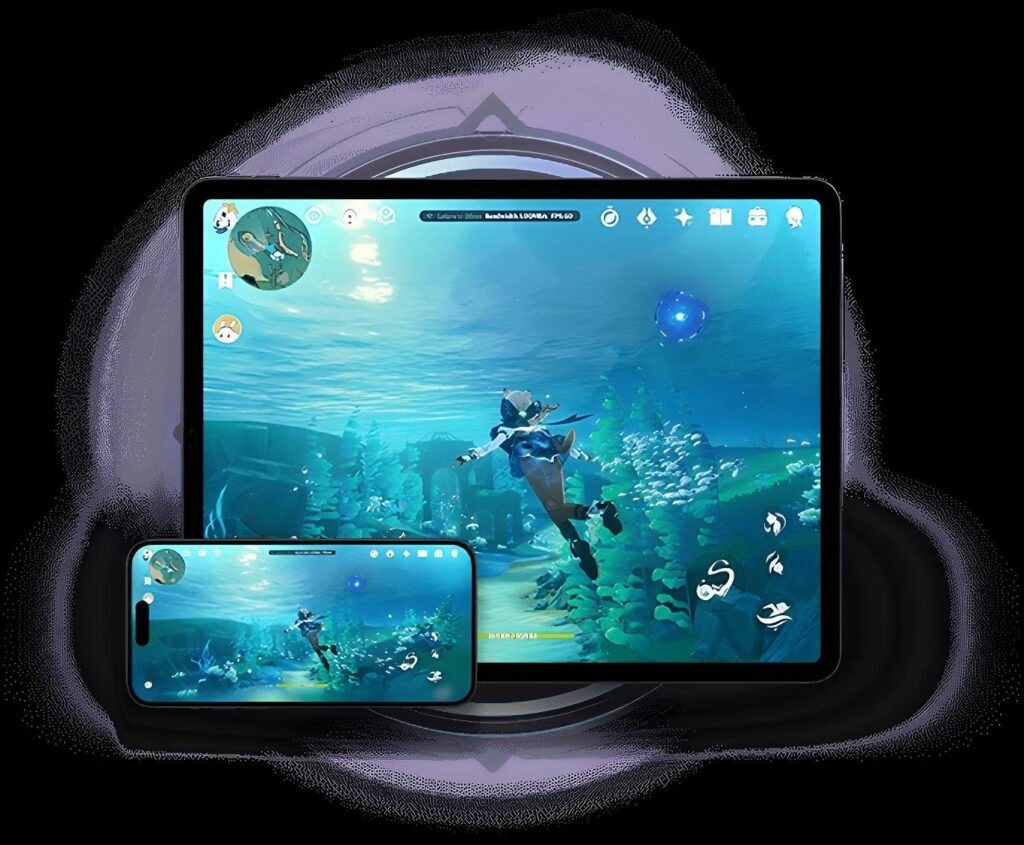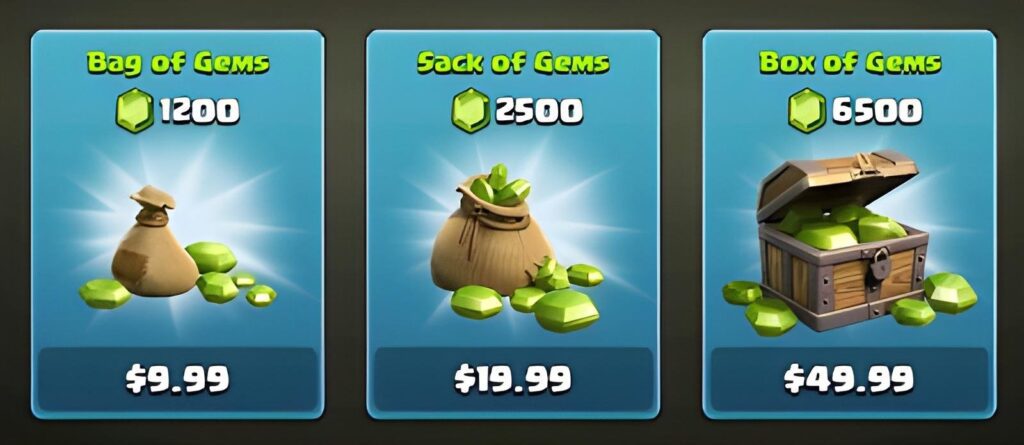Takeaway
Mobile game development is a multifaceted discipline that requires a deep understanding of user engagement, cross-platform compatibility, and monetization strategies. By leveraging data analytics, user feedback, and innovative design principles, developers can create addictive experiences that resonate with players across various devices.
In the rapidly evolving landscape of mobile game development, creating addictive experiences is not merely an art; it is a science grounded in user behavior, technology, and market trends. As of 2023, the mobile gaming industry is projected to generate over $100 billion in revenue, accounting for nearly 50% of the global gaming market (Newzoo, 2023). This staggering figure underscores the importance of developing games that captivate users and keep them engaged over time. In this article, we will explore the key components of mobile game development, focusing on user engagement strategies, cross-platform compatibility, and monetization techniques that can help developers create compelling gaming experiences.
User Engagement Strategies
User engagement is the cornerstone of any successful mobile game. According to a study by GameAnalytics, the average retention rate for mobile games drops to 20% after the first day and plummets to 5% after a week (GameAnalytics, 2022). To combat this trend, developers must implement strategies that foster long-term engagement. Here are some effective techniques:
1. Onboarding Experience
The onboarding process is critical in shaping a player’s initial experience. A well-designed onboarding sequence can significantly improve retention rates. For instance, games like “Candy Crush Saga” utilize a gradual introduction to gameplay mechanics, allowing players to learn through play rather than through lengthy tutorials. This approach not only enhances user experience but also reduces the likelihood of early drop-offs.
2. Gamification Elements
Incorporating gamification elements such as achievements, leaderboards, and rewards can significantly enhance user engagement. Research by the University of California, Irvine, found that gamification can increase user engagement by up to 48% (UCI, 2021). Games like “Fortnite” and “PUBG Mobile” effectively use these elements to create a competitive environment that keeps players returning for more.
3. Social Integration
Integrating social features allows players to connect with friends and share their achievements, fostering a sense of community. According to a report by Statista, 50% of mobile gamers play with friends or family (Statista, 2023). Games like “Among Us” have capitalized on this trend by encouraging social interaction, which not only enhances the gaming experience but also drives organic growth through word-of-mouth marketing.
Cross-Platform Compatibility
With the proliferation of devices, ensuring cross-platform compatibility is essential for maximizing reach and engagement. According to a report by Statista, 90% of mobile gamers play on multiple devices (Statista, 2023). Here are some strategies to achieve seamless cross-platform experiences:
1. Cloud Saving
Implementing cloud saving allows players to access their game progress across different devices. This feature is crucial for retaining users who switch between devices. Games like “Genshin Impact” utilize cloud saving effectively, enabling players to continue their journey regardless of the device they are using.

2. Responsive Design
Responsive design ensures that games adapt to various screen sizes and resolutions. This approach not only enhances user experience but also broadens the potential audience. For example, “Minecraft” employs responsive design principles, allowing players to enjoy the game on smartphones, tablets, and consoles without compromising gameplay quality.
3. Unified User Accounts
Creating a unified user account system allows players to maintain a single profile across multiple platforms. This strategy simplifies the user experience and encourages players to engage with the game on different devices. Epic Games has successfully implemented this with “Fortnite,” allowing players to access their accounts on PC, console, and mobile devices seamlessly.
Monetization Techniques
Monetization is a critical aspect of mobile game development, and developers must strike a balance between generating revenue and maintaining user satisfaction. According to a report by App Annie, in-app purchases account for 79% of mobile game revenue (App Annie, 2023). Here are some effective monetization strategies:
1. Freemium Model
The freemium model allows players to download and play the game for free while offering in-app purchases for additional content or features. This model has been successfully employed by games like “Clash of Clans,” which generates significant revenue through in-game purchases while maintaining a large user base.

2. Advertisements
Incorporating advertisements can provide a steady revenue stream without requiring players to spend money. However, it is essential to balance ad frequency to avoid disrupting the user experience. Games like “Subway Surfers” effectively use rewarded video ads, allowing players to earn in-game currency in exchange for watching ads, thereby enhancing engagement while generating revenue.
3. Subscription Services
Subscription services are gaining traction in the mobile gaming industry. By offering exclusive content or features for a monthly fee, developers can create a steady revenue stream. Apple Arcade is a prime example, providing subscribers access to a library of premium games without ads or in-app purchases, thereby enhancing user satisfaction.
Real-World Examples and Case Studies
To illustrate the effectiveness of these strategies, let’s examine a few successful mobile games:
1. “Candy Crush Saga”
“Candy Crush Saga” has become a household name, largely due to its effective onboarding process and gamification elements. The game introduces new mechanics gradually, ensuring players remain engaged while learning the game. Additionally, its use of social features encourages players to invite friends, further driving user acquisition.
2. “Fortnite”
“Fortnite” has revolutionized cross-platform gaming with its unified user account system and responsive design. Players can seamlessly switch between devices while retaining their progress and purchases. The game’s monetization strategy, which includes a freemium model and seasonal content updates, keeps players engaged and willing to spend money.
3. “Genshin Impact”
“Genshin Impact” exemplifies the importance of cross-platform compatibility and cloud saving. Players can access their accounts on various devices, ensuring a seamless experience. The game’s freemium model, combined with engaging gameplay and regular updates, has contributed to its massive success, generating over $1 billion in revenue within its first six months (Sensor Tower, 2021).
Conclusion
In conclusion, mobile game development is a complex field that requires a deep understanding of user engagement, cross-platform compatibility, and effective monetization strategies. By focusing on creating addictive experiences that resonate with players, developers can tap into the lucrative mobile gaming market. The key takeaways from this article include the importance of a well-designed onboarding process, the integration of gamification elements, the necessity of cross-platform compatibility, and the exploration of diverse monetization techniques. As the mobile gaming landscape continues to evolve, staying informed about industry trends and user preferences will be crucial for developers aiming to create successful and engaging mobile games.
References:
– Newzoo. (2023). Global Games Market Report.
– GameAnalytics. (2022). Mobile Game Retention Rates.
– UCI. (2021). The Impact of Gamification on User Engagement.
– Statista. (2023). Mobile Gaming Statistics.
– App Annie. (2023). Mobile Gaming Monetization Trends.
– Sensor Tower. (2021). Genshin Impact Revenue Report.

